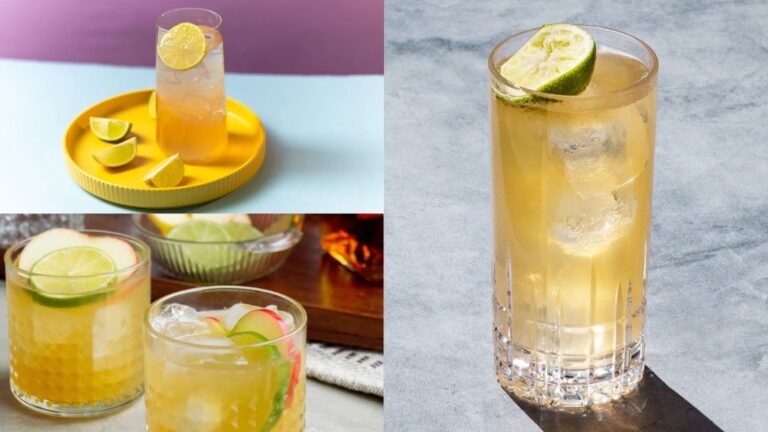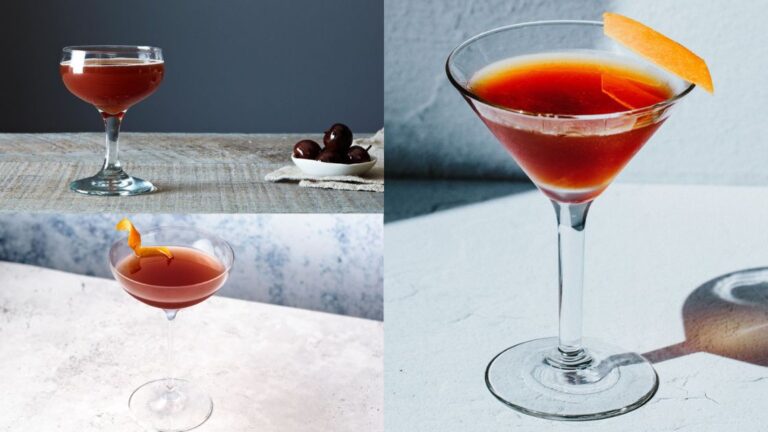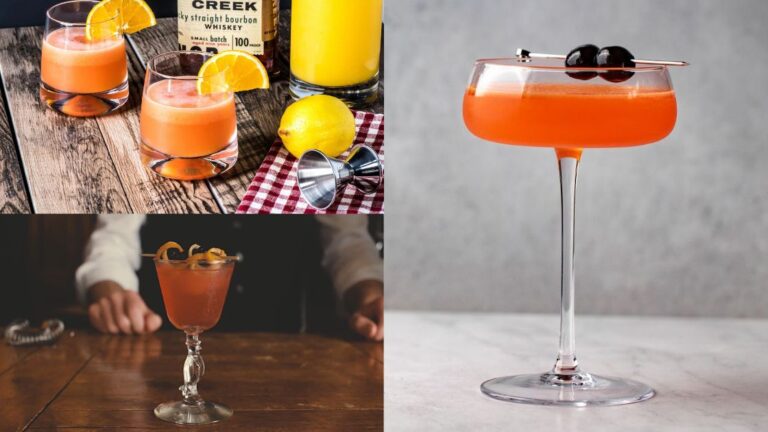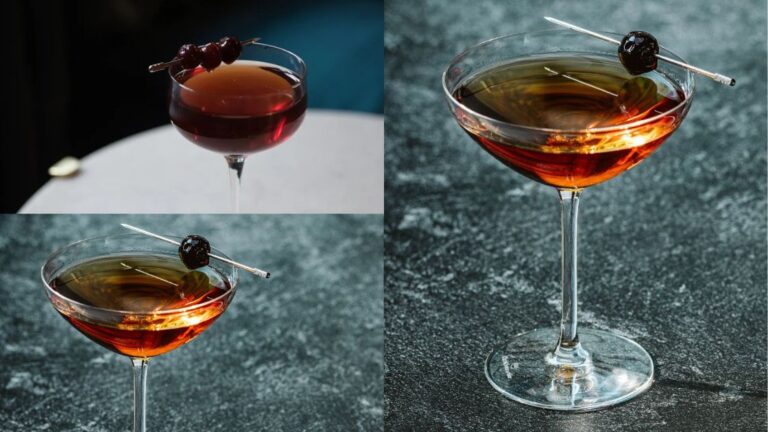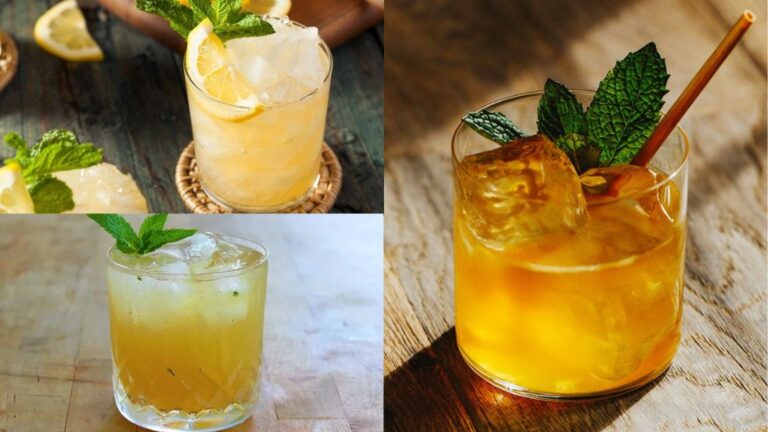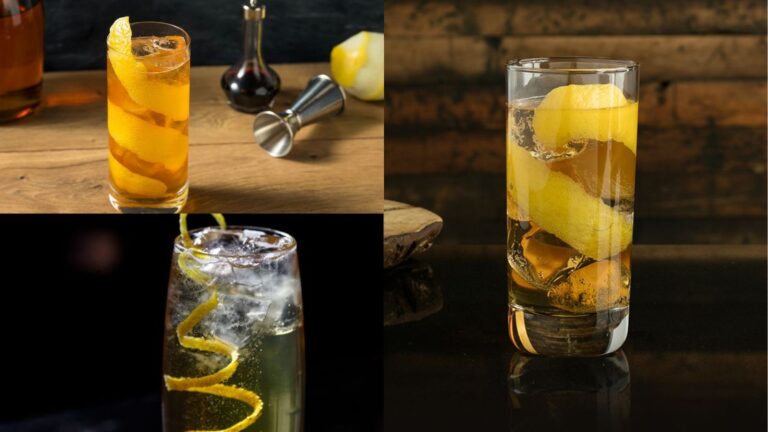Understanding Whisky vs Whiskey
Origins of the Distinction
Alright, let’s chat about something that’s been debated over a glass or two—whisky or whiskey? This isn’t just a spelling bee gone rogue; it’s about history, culture, and some good ol’ geography. Picture this: the name’s roots are in the Scots and Gaelic ‘Uisce beatha,’ or “water of life” (Scotch Whisky Experience). As it traveled the world, it split into two camps.
“Whisky” is what you’d call the stuff from Scotland. Their pals in Canada and Japan use the spelling without the ‘e’ too. Meanwhile, across the pond in Ireland and the United States, they famously stick with “whiskey.” Why? More than just a vowel, this spelling shift is wrapped up in each place’s rich traditions and tales, dating back generations.
| Country | Preferred Spelling |
|---|---|
| Scotland | Whisky |
| Canada | Whisky |
| Japan | Whisky |
| Ireland | Whiskey |
| United States | Whiskey |
So, the next time you ponder your glass, you’ll see not just a drink, but a heritage. Curious? Check out some classics like jack daniels bourbon and johnny walker whiskey.
Spelling Variations Explained
Now let’s get down to the nitty-gritty. Those different spellings? They’re more than writing quirks—they’re badges of honor for the whiskey crafters of each land. Whisky artisans in Scotland and Canada waved goodbye to the ‘e’ to spotlight their own unique liquid artistry. Meanwhile, Ireland chose to hang on to the ‘e,’ and the U.S. followed suit as a nod to their own distinctive styles.
Does it matter? You bet. It screams where your whiskey hails from and hints at its brewing soul. For connosours, it’s about pride, tradition, and a wink to history’s recipes.
Think of ingredients like a magic potion’s recipe—a slight tweak can change the whole vibe. Scotch, for instance, relies on malted barley to be the real deal (TopWhiskies). On the flip, American whiskey, like bourbon or rye, marches to its own tune with distinct ingredients mandated by law.
Understanding how the spellings unlocks the door to a whole universe of flavors and stories. Whether you like it neat, a splash of water (whisky with water), or straight up, your style is kinda like your whisky adventure map. And hey, peek into the whisky vs bourbon thing to add another notch to your cocktail tool belt.
Exploring Scotch Whisky
Let’s chat about Scotch whisky—that iconic Scottish wonder drink. If you’re trying to wrap your head around the fine line between scotch and whiskey, it’s good to start with what makes Scotch, well, Scotch. We’re diving into the nuts and bolts of how it’s made and why aging it just right is so crucial.
Production Process of Scotch
Scotch whisky’s craftsmanship is what legends are made of. Here’s a streamlined look at how it’s put together:
Malting: It kicks off with malted barley. Barley gets a bath and starts to sprout. Then, it’s dried out over a fire, often with peat, giving Scotch that recognizable smoky taste.
Mashing: Ground barley mixes with hot water in a large tub. This magic combo turns starches into sugars, forming a sweet liquid called wort.
Fermentation: Into big tanks the wort goes, with yeast tossed in for good measure. This mix begins the transformation into alcohol, becoming what’s called “wash.” Think of it as beer on its way to greatness, at about 5-7% alcohol by volume (ABV).
Distillation: The wash meets its destiny in copper pot stills, refining it through two rounds. The first yields “low wines,” and by the second round, we’ve got “new make spirit” on our hands, packing a punch at around 70% ABV.
Maturation: Next, the new spirit snuggles into oak barrels for a nap. It needs at least three years in oak to proudly wear the name Scotch. The wood it hangs out in adds a big part of its final flavor shine.
Maturation and Aging Requirements
Aging is where the magic unfolds, giving Scotch its rich taste and unique soul. Here’s the scoop on what goes down:
Minimum Aging: Scotch needs to mull over things in an oak barrel for at least three years before it can legally call itself Scotch. This downtime lets the whisky soak up flavors from the wood (Townsend Stillhouse).
Barrel Influence: Scotch often takes a vacation in barrels that once held bourbon or sherry. This gives it an extra burst of vanilla, caramel, or fruity goodness.
Age Statements: Some Scotches boast about how long they’ve been lounging around. Whether it’s a 12-year, 18-year, or even a 25-year-old, the label tells you the time the youngest spirit in the bottle has spent aging. Premium choices can go beyond 20 years of chilling out in barrels.
Bottling Strength: The booze in that bottle can’t dip below 40% ABV. This keeps the flavors sharp and full of character.
| Scotch Type | Minimum Aging (Years) | Popular Barrel Types | Typical ABV |
|---|---|---|---|
| Single Malt | 3 | Ex-bourbon, Ex-sherry | 40%+ |
| Blended Scotch | 3 | Mixed Bags | 40%+ |
| Premium Aged | 20+ | Ex-bourbon, Ex-sherry, and others | 40%+ |
To really get your head around Scotch whisky’s story and its assorted types, dive into more on single malt and blended Scotch and also how to enjoy whiskey like a pro.
Once you’ve got a handle on how Scotch is made and aged, comparing it to other whiskeys is as easy as pie. You’ll have a clearer view and be ready to pick the right bottle based on exactly what tickles your taste buds.
Getting Into Whiskey Varieties
So, you’re ready to dip your toes into the whiskey pool? First thing’s first, let’s get to know some of the standout types. We’ll break down two major players: bourbon and rye whiskey. Arm yourself with this info, and you’ll be ready to tackle the never-ending debate: Scotch or whiskey?
Bourbon Basics
Bourbon hails from the good ol’ U.S. of A., specifically Kentucky, and it doesn’t mess around with its own rulebook (Eater). To earn its name, this whiskey needs to be made in the U.S. with at least 51% corn mash. This corn content gives bourbon its signature sweet kiss.
When it comes to bourbon’s creation, it sticks to the sour mash method, using a bit of previously fermented mash to keep flavors consistent and rich. Unlike some other whiskeys, bourbon doesn’t do additives, flavoring, or coloring shenanigans.
Here’s your bourbon cheat sheet:
| Attribute | Detail |
|---|---|
| Origin | Kentucky, U.S. |
| Main Ingredient | At least 51% corn mash |
| Additives and Coloring | Not allowed |
| Production Process | Sour mash fermentation |
For more bourbon deets, swing by our lowdown on whisky vs bourbon.
Rye Whiskey Rundown
Rye whiskey is like bourbon’s spunkier cousin. An authentic American rye whiskey is crafted from a mash that’s 51% rye grain (Food & Wine). This high rye gives it a bold, spicy punch that’s a wild ride compared to bourbon’s sweetness.
Up north, Canadian rye whiskey plays by slightly different rules, not needing the 51% rye grain deal, but many still do it the classic way.
Here’s what rye whiskey brings to the party:
| Attribute | Detail |
|---|---|
| Origin | United States (and Canada) |
| Main Ingredient | At least 51% rye grain |
| Flavor Profile | Spicy and bold |
| Additives and Coloring | Up to 9.09% flavoring allowed in Canada |
So, if you’re feeling adventurous, rye whiskey is your go-to. Peek at our guide on how to drink whiskey for more whiskey-wisdom.
Getting a feel for what makes bourbon and rye whiskey tick means you’ll enjoy these drinks even more. Whether you’re drawn to bourbon’s sweet charm or rye’s zesty kick, each has its own flair, waiting for you to enjoy.
Getting into Whisky Regions
Digging into where whisky comes from can totally up your tasting game, letting you appreciate each bottle’s unique flavor. So let’s chat about two famous spots: Speyside and the tag-team of Highland and Island malts.
Speyside Whiskies
Speyside’s like the A-lister of whisky regions. Nestled up in northeastern Scotland, they’ve mastered this sophisticated, layered flavor vibe. It’s all about minimal peat and a lot of fruity goodness – think apples, pears, with a touch of honey and vanilla. They often age in Sherry casks, cranking up the richness scale.
| Flavor Vibe | Usual Tastes |
|---|---|
| Fruity | Apple, Pear |
| Sweet | Honey, Vanilla |
| Spicy | Cinnamon, Nutmeg |
If you’re curious about how Speyside holds up against other whisky types, check out our scoop on whisky vs whiskey.
Highland and Island Malts
Highland whiskies, including those from the islands, serve up a flavor festival with everything from light notes to salty seaside influences. They’re a hit with lots of folks, so really, you can’t go wrong with Highland and Island malts if you’re a whisky fan.
| Taste Profile | Key Flavors |
|---|---|
| Coastal | Salty, Briny |
| Rich | Toffee, Vanilla |
| Variety | Light to Bold |
Highland malts are like an orchestra of flavors. They vary from light and delicate to rich and hearty. Island malts toss in some peaty, smoky notes, flaunting their coastal roots with pride.
Check out how these malts stack up against others in our breakdown on whisky vs bourbon. Plus, improve your tasting skills with our tips on how to drink whiskey.
Getting to know where these whiskies hail from isn’t just about the facts—it totally amps up your sipping game. Whether the fruity finesse of Speyside catches your fancy, or the bold range of Highland and Islands calls your name, each bottle serves up a narrative rich in heritage and skilled brewing.
Types of Whiskey
Getting to know the different types of whiskey can really up your enjoyment of this iconic drink. Let’s take a stroll through Single Malt and Blended Scotch and peek into the world of Bourbon.
Single Malt and Blended Scotch
Single Malt Scotch stands out for its special character, crafted from malted barley at just one distillery (Good Housekeeping). Don’t be misled by “single” malt; it’s not just from a lone batch or barrel, but it is from one place.
| Type | Characteristics |
|---|---|
| Single Malt Scotch | Born from malted barley in one distillery. Packs in layers of flavor. |
| Blended Scotch | Mixes single malts with single grain Scotches from a mix of distilleries. Holds a bigger market share |
The blend game is strong here. Blended Scotch is the most common Scotch type, mixing single malts with single grain whiskies from different spots. Big names like Dewar’s, Johnnie Walker, and The Famous Grouse fall in this camp. It’s about achieving a smooth, all-around taste, making it a friendly option for many whiskey fans.
Whether you’re team smoky, peaty, or more of a sweet notes person, knowing these tricks can guide you to your perfect match. Want more tips on enjoying whiskey? Check out our guide on how to drink whiskey.
Bourbon Distinctions
Straight outta Kentucky, U.S., Bourbon brings its own flair to the whiskey family. To earn the bourbon badge, it needs a mash with at least 51 percent corn, doing its thing in the USA. The corn gives it a trademark sweet vibe.
| Type | Characteristics |
|---|---|
| Bourbon | Needs at least 51% corn mash. Made in the U.S. Famous for its smooth and sweet charm |
There’s also a sour mash twist in the mix, where they ferment the mash with someone else’s yeast and toss some of a past batch in there. Maker’s Mark whisky is a classic bourbon with those rich, caramel flavors that many whiskey lovers can’t resist.
Scotch tends to get the spotlight for its layers of taste compared to bourbon, Canadian whiskey, or Irish whiskey (Townsend Stillhouse). Still, at the end of the day, it’s your taste buds that call the shots—some dig the sweet, velvety feel of bourbon, while others chase the deep, smoky realm of Scotch. For a peek at other whiskey tales, hop over to our piece on whisky vs bourbon.
Whether you’re all in or just sipping a trial run, knowing these nuggets can amp up your whiskey journey, letting you soak in the special vibe of each kind.
Whiskey-Making Process
Essential Ingredients of Whiskey
When you’re comparing scotch and whiskey, the first thing to understand is what goes into making whiskey. No matter if it’s Scotch, Bourbon, or Rye, all whiskey starts with three basic things: water, yeast, and grain. But the grain choice? That’s where the magic happens, giving each type its unique flavor.
| Whiskey Type | Water | Yeast | Grain |
|---|---|---|---|
| Scotch | ✔️ | ✔️ | Malted Barley |
| Bourbon | ✔️ | ✔️ | 51% Corn |
| Rye | ✔️ | ✔️ | 51% Rye |
Scotch whisky relies on malted barley. In Scotland, grain whisky might include corn or wheat, though wheat’s been the hot pick since the 80s.
Bourbon, one of America’s darlings, needs over half its grain to be corn. The rest? A mix of barley, rye, or wheat (TopWhiskies).
Rye whiskey isn’t shy with at least 51% rye, known for its spicy kick (TopWhiskies).
Distillation and Bottling Process
The way whiskey gets made says a lot about its character. It all kicks off with a series of steps: mashing, fermentation, distillation, maturing, and finally, bottling.
Mashing: Grind those grains up, then mix ’em with hot water. This mash gets those enzymes working to change starches into sugars we can ferment.
Fermentation: The sugary mash finds itself in a fermenter, where yeast makes it its home. In a few days, you’ve got what’s called “wash,” with a small booze level.
Distillation: Heat the wash in a still. This is where alcohol says goodbye to water and other bits. Scotch usually goes through this twice, and Irish whiskey might do it three times for some extra smoothness.
Maturation: Now it’s time for some rest in wooden casks. Scotch sits for at least three years in oak, while Bourbon snuggles into fresh, charred oak barrels. This waiting game shapes the whiskey’s soul.
Bottling: After sitting for a while, filter it, water it down as needed, and then it’s time to hit the bottles.
For more on the different whiskey vibes, peek at our reads on whisky with water and whiskey straight. Knowing how whiskey gets from grain to glass just piles on the intrigue in discussions like whisky vs bourbon. Enjoying a sip isn’t just drinking; it’s appreciating a craft that’s stood the test of time.
